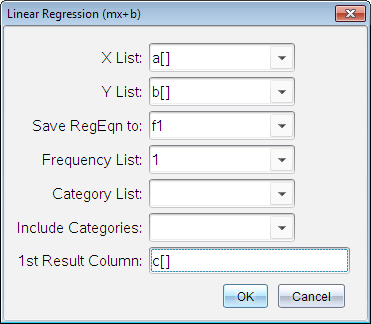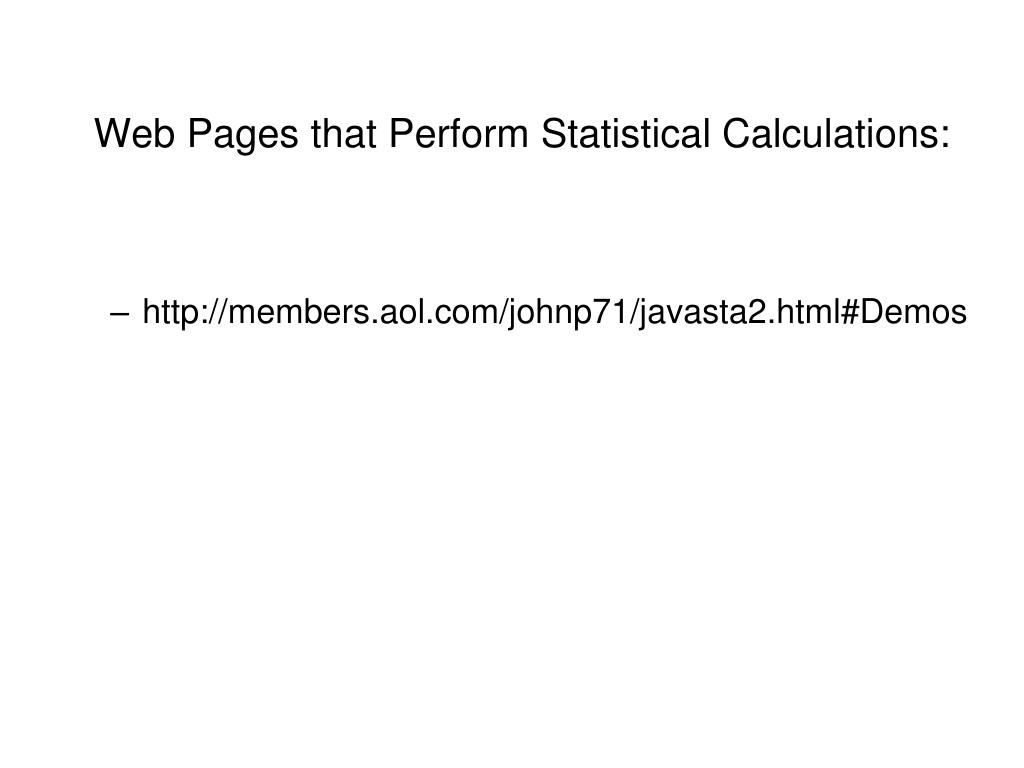

Parametric tests usually have stricter requirements than nonparametric tests, and are able to make stronger inferences from the data.

Consult the tables below to see which test best matches your variables.Ĭhoosing a parametric test: regression, comparison, or correlation win or lose).Ĭhoose the test that fits the types of predictor and outcome variables you have collected (if you are doing an experiment, these are the independent and dependent variables). Binary: represent data with a yes/no or 1/0 outcome (e.g.Ordinal: represent data with an order (e.g.1 tree).Ĭategorical variables represent groupings of things (e.g. Discrete (aka integer variables): represent counts and usually can’t be divided into units smaller than one (e.g.Continuous (aka ratio variables): represent measures and can usually be divided into units smaller than one (e.g.Quantitative variables represent amounts of things (e.g. The types of variables you have usually determine what type of statistical test you can use. If your data do not meet the assumption of independence of observations, you may be able to use a test that accounts for structure in your data (repeated-measures tests or tests that include blocking variables). If your data do not meet the assumptions of normality or homogeneity of variance, you may be able to perform a nonparametric statistical test, which allows you to make comparisons without any assumptions about the data distribution. This assumption applies only to quantitative data. Normality of data: the data follows a normal distribution (a.k.a.If one group has much more variation than others, it will limit the test’s effectiveness. Homogeneity of variance: the variance within each group being compared is similar among all groups.no autocorrelation): The observations/variables you include in your test are not related (for example, multiple measurements of a single test subject are not independent, while measurements of multiple different test subjects are independent). Statistical tests make some common assumptions about the data they are testing: the types of variables that you’re dealing with.whether your data meets certain assumptions.To determine which statistical test to use, you need to know: You can perform statistical tests on data that have been collected in a statistically valid manner – either through an experiment, or through observations made using probability sampling methods.įor a statistical test to be valid, your sample size needs to be large enough to approximate the true distribution of the population being studied. If the value of the test statistic is less extreme than the one calculated from the null hypothesis, then you can infer no statistically significant relationship between the predictor and outcome variables. If the value of the test statistic is more extreme than the statistic calculated from the null hypothesis, then you can infer a statistically significant relationship between the predictor and outcome variables. The p-value estimates how likely it is that you would see the difference described by the test statistic if the null hypothesis of no relationship were true.

It then calculates a p value (probability value). Statistical tests work by calculating a test statistic– a number that describes how much the relationship between variables in your test differs from the null hypothesis of no relationship.


 0 kommentar(er)
0 kommentar(er)
